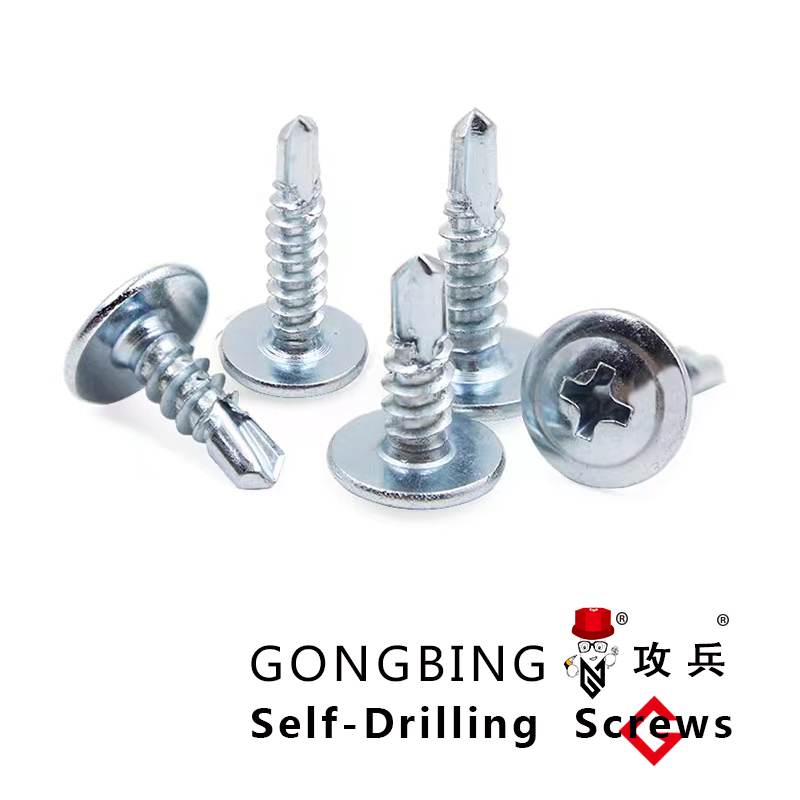chemical bolt anchor
Understanding Chemical Bolt Anchors A Comprehensive Overview
Chemical bolt anchors are an essential component in the realm of construction and engineering. Their unique design and functionality facilitate the secure attachment of structures to various substrates, particularly in situations where traditional mechanical anchors may fall short. This article explores the intricacies of chemical bolt anchors, including their composition, applications, installation procedures, and advantages.
What are Chemical Bolt Anchors?
Chemical bolt anchors consist of a threaded rod or bolt that is set into a drilled hole filled with a resin-based adhesive. The adhesive, often a two-part epoxy or polyester resin, cures and hardens to form a strong bond between the bolt and the surrounding material, such as concrete, brick, or masonry. This bonding process allows the anchor to withstand heavy loads and provides a reliable connection that can endure harsh environmental conditions.
Applications
Chemical bolt anchors are widely used in a variety of applications, including
1. Construction They play a vital role in securing structural elements, such as steel beams, columns, and equipment, to concrete foundations or walls. 2. Infrastructure Projects In large-scale projects like bridges, tunnels, and highways, chemical bolts provide the necessary strength for anchoring and stabilization.
3. Mechanical Engineering They are commonly used to mount machinery and equipment in industrial settings where vibrations and heavy loads are present.
4. Renovation and Retrofitting Chemical anchors are ideal for securing fixtures in existing structures where drilling and traditional anchoring methods may not be feasible.
Installation Process
Installing chemical bolt anchors requires careful planning and execution
. The process generally includes the following steps1. Drilling A precise hole is drilled into the substrate using a rotary hammer drill. The hole's diameter and depth depend on the anchor specifications.
chemical bolt anchor

2. Cleaning After drilling, it is crucial to clean the hole of dust, debris, and any loose materials to ensure optimal adhesion.
3. Injecting the Resin The two-part adhesive is often dispensed into the hole using a cartridge system. Care must be taken to fill the hole adequately.
4. Inserting the Bolt The threaded bolt is then inserted into the hole, ensuring it is immersed in the adhesive. It is essential to twist the bolt slightly during insertion to allow the resin to distribute evenly around it.
5. Curing The adhesive cures over time, achieving the desired strength. The curing time depends on the specific resin used, ambient temperature, and humidity.
Advantages of Chemical Bolt Anchors
Chemical bolt anchors offer several benefits compared to traditional mechanical anchors
1. Enhanced Load Capacity The chemical bond allows for a higher load-bearing capacity, making them suitable for heavy-duty applications.
2. Versatile Use They can be used in a wide range of materials, including concrete, stone, and brick, providing flexibility in construction.
3. Temperature Resistance Chemical anchors can withstand extreme temperatures and environmental conditions, making them ideal for outdoor and industrial applications.
4. Reduced Risk of Cracking Unlike mechanical anchors that may cause spalling or cracking in concrete, chemical anchors distribute stress more evenly, minimizing damage to the substrate.
Conclusion
Chemical bolt anchors are a robust solution for securing structures in various environments. Their composition, effectiveness in load bearing, and ease of installation make them a preferred choice for engineers and construction professionals. As demands for structural integrity and longevity continue to rise, the relevance and application of chemical bolt anchors are expected to grow, solidifying their place in modern construction practices. Understanding their characteristics and utilization can significantly enhance project efficiency and safety, underscoring their importance in today's engineering landscape.
-
Weatherproof Plastic Expansion Anchors for OutdoorNewsJun.06,2025
-
Sustainability in the Supply Chain: Eco-Friendly TEK Screws ProductionNewsJun.06,2025
-
Load-Bearing Capacity of External Insulation FixingsNewsJun.06,2025
-
Double Head Bolts: Enhancing Efficiency in Industrial MachineryNewsJun.06,2025
-
Corrosion Resistance in Chipboard Screws: Coatings for Wholesale DurabilityNewsJun.06,2025
-
Butterfly Toggle Bolts : Enhancing Structural ResilienceNewsJun.06,2025
